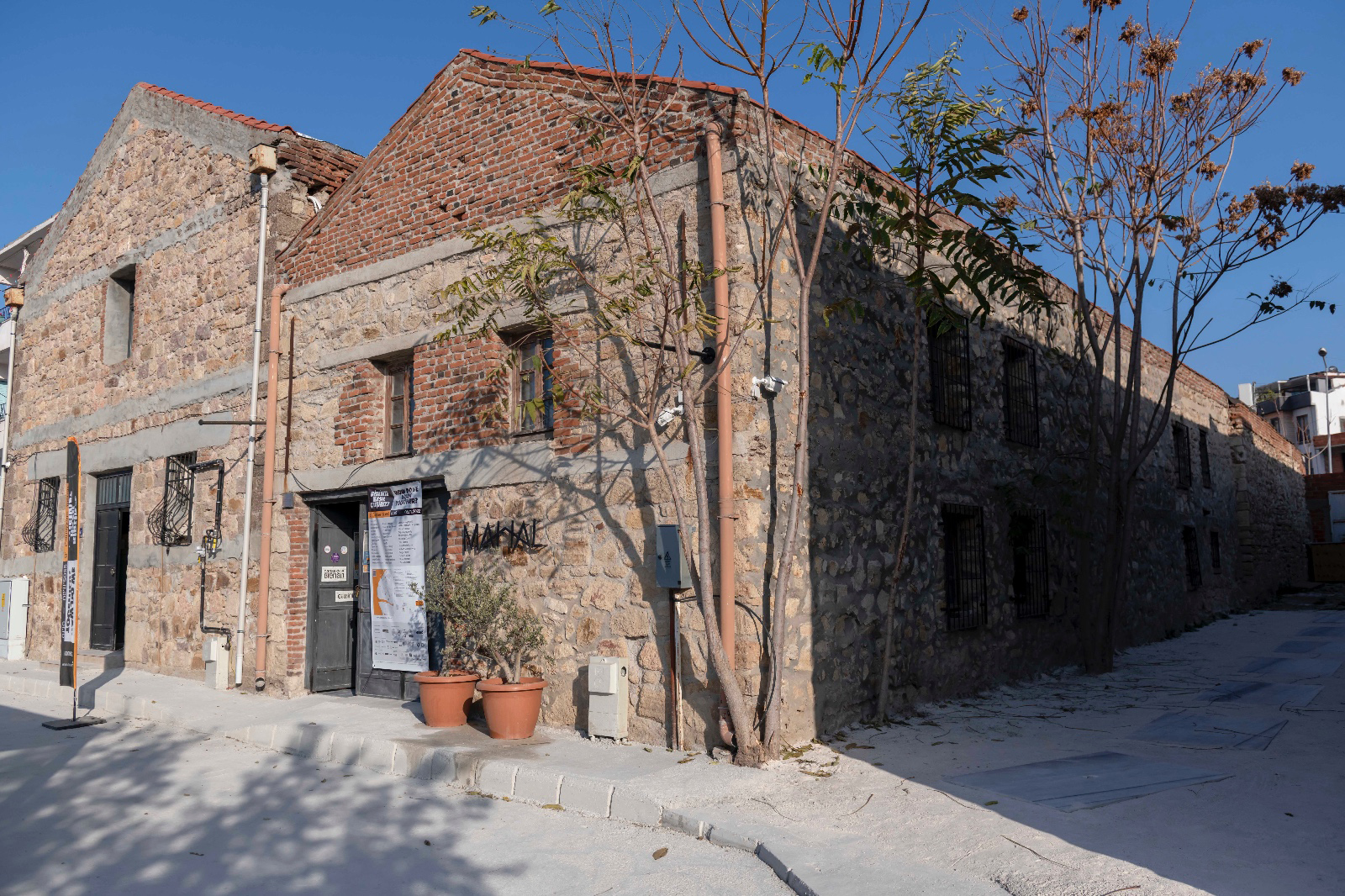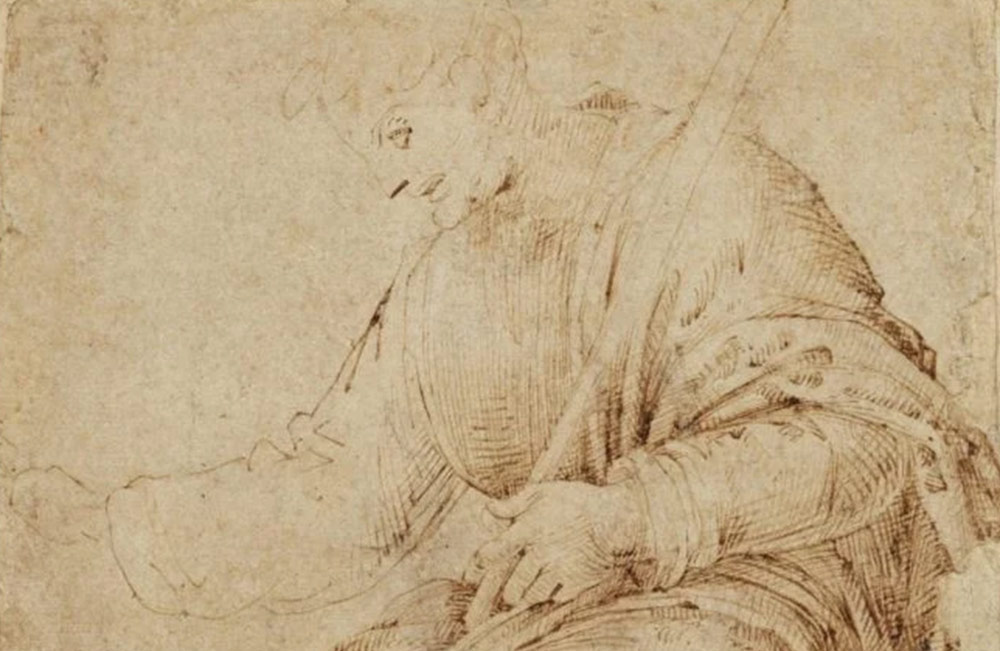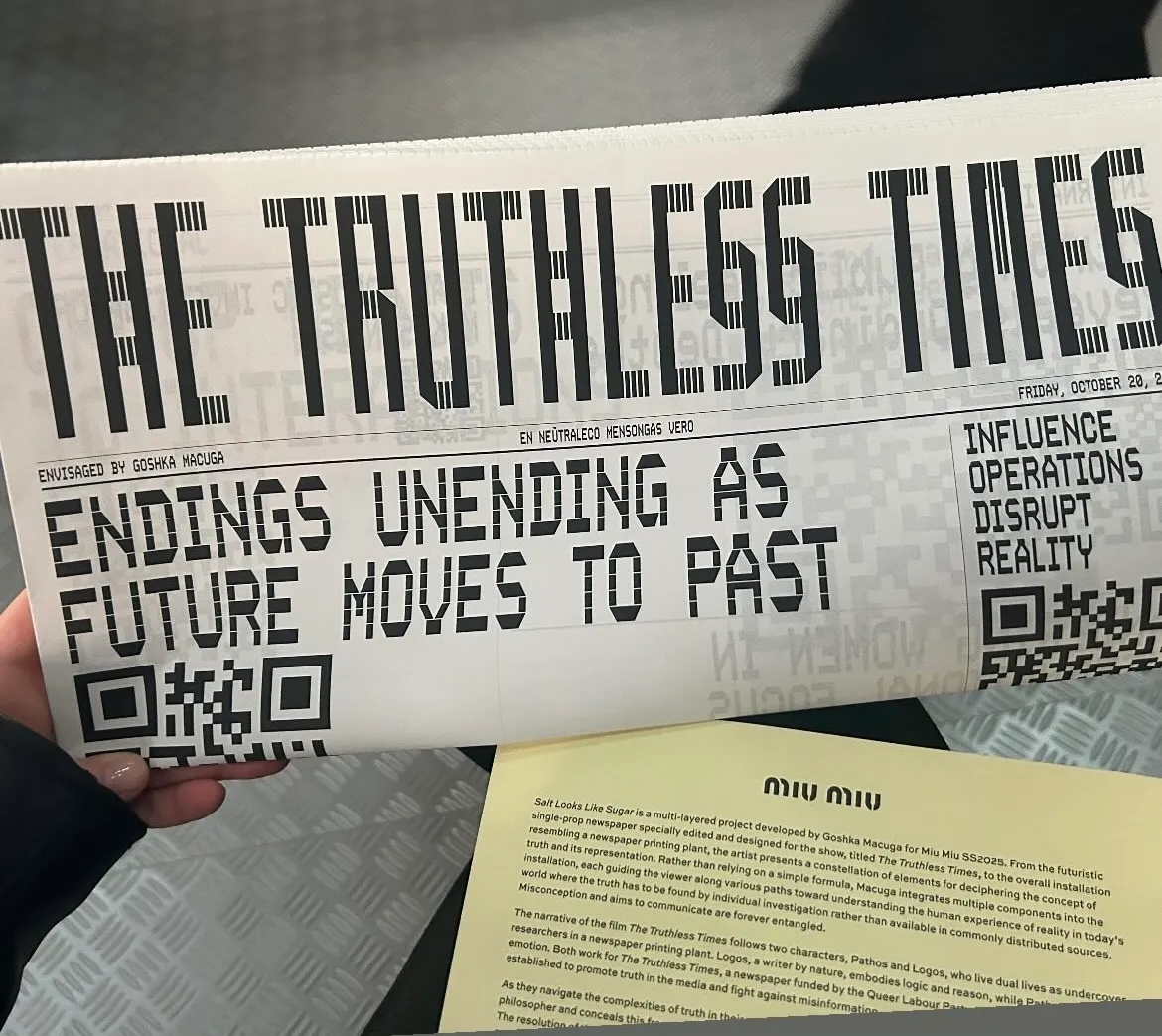This year the 9th Çanakkale Biennial takes place with the theme “Let Time Run its Course” . The title of this edition, “Let Time Run its Course” refers both to the actual meaning of the phrase and its connotations: It suggests considering the healing effect of time concerning seemingly unsolvable situations of today, advocating for a calm approach instead of the haste implied by urgency. On one hand, this phrase suggests experiencing and perceiving the “moments” of the world, nature, and humanity from a broader perspective, especially against the pressure of speed and simultaneity imposed by contemporary technologies or the excitement, liveliness, and high energy, which are often associated with “youth,” while on the other.
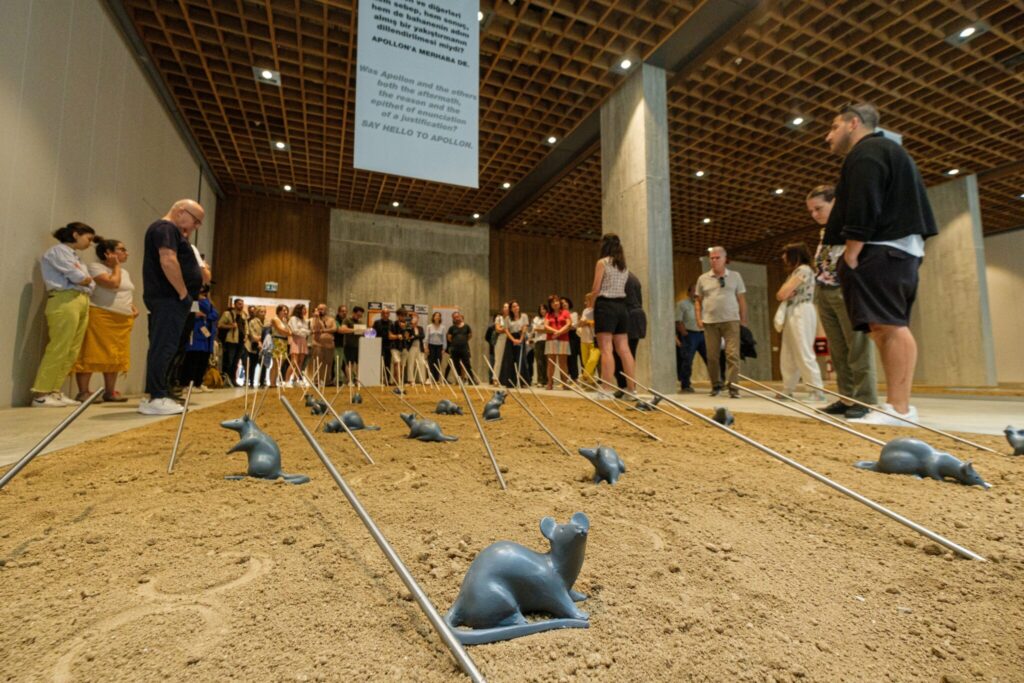
The Çanakkale Biennial has been an important event in the Turkish art scene since it was first organized in 2008 under the title “Transparent Illusions.” It has featured the work of over 500 artists and has focused on collaboration, inclusiveness, and addressing social issues through art. The biennial is organized by the Çanakkale Biennial Initiative (CABININ).
In a recent interview, Deniz Erbaş, co-director of CABININ, discussed the 9th Çanakkale Biennial.
The 9th Çanakkale Biennial is being held this year. How has it changed in terms of content and method and reached today?
The Çanakkale Biennial has been organized by CABININ, a locally organized civil initiative, since its beginning. The initiative has been associated with an art center for 12 years, operating in a non-hierarchical structure that is open to participation and change. Over the years, this structure has been strengthened by new participants and has improved its capacity with different projects, reaching international standards in the production of artworks and exhibitions. The initiative has also benefited from the influx of people from the cultural industry to the city of Çanakkale in recent years, further enhancing its capacity. The opening of MAHAL in 2012 has brought the initiative’s memory, production, and relationship with the city to a sustainable level. Activities and projects throughout the year have been made possible thanks to this venue infrastructure. MAHAL-centered cultural, social, and artistic works contribute to the build-up leading to each edition of the biennial, which influences the content of the biennial.
We have further strengthened this knowledge by progressing together with many important national and international supporters over the years on this journey of the Çanakkale Biennial. As in our last edition, we are organizing the Çanakkale Biennial this year with the main support of Dardanel, a unique brand of Çanakkale. As in every edition, it will function as an experience area consisting of culture-art events and projects shaped through collaborations in a calendar that spans before, during and after the main exhibitions. The biennial will spread this richness of content to historical and cultural venues in the city center, the Troy Museum and its surroundings, and, for the first time in the history of the biennial, to art and cultural structures in areas such as Assos and Küçükkuyu.
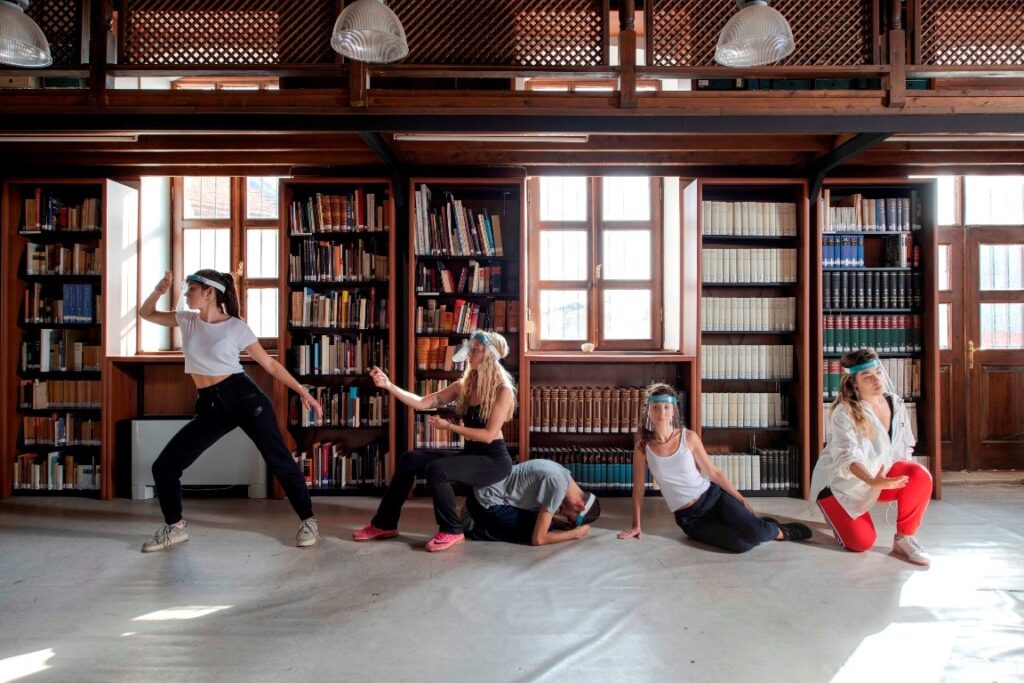
The theme of this year’s Biennial is “Let Time Run Its Course,” with a focus on young people. The Biennial addresses the challenge of leaving everything to time which is a recurring theme that we struggle to incorporate into our lives. Does the Biennial have a structure that includes suggestions for how to use art in our life to leave everything to time and let everything happen?
The Çanakkale Biennial is guided by two main principles: to avoid romanticizing the city where it takes place, and to prevent the use of art for specific purposes. Each edition focuses on presenting high-quality art content, creating contexts and opportunities for new art productions and artists. The latest edition, titled “Let Time Run Its Course,” centered around the theme of “youth” and provided a comprehensive framework for artists to express themselves through three sub-themes.
If I had to discuss these three main topics: The first one is the visual culture of youth, which includes digital technologies, gaming culture, and communication tools. Another focus of the biennial will be artistic approaches to pressing issues that impact young people, such as the future of professions, environmental sustainability, and mobility. The third topic emphasizes the important role of art in conveying and interpreting cultural heritage, traditions, and collective memory.
How was the theme “Let Time Run Its Course” chosen and why did you decide to focus on such a theme for the Biennial?
The conceptual frameworks of the Çanakkale Biennial are rooted in the historical, cultural, and social layers specific to the city as well as the global agenda. The aim is to create a common ground for both international artists and local dynamics. In 2016, the theme of migration was explored, reflecting the city’s history as a point of migration due to war, both by land and sea. Similarly, the 9th edition of the biennial aims to focus on young people. Despite a quarter of Çanakkale’s population being young, there is currently no dedicated space for them in the city’s cultural ecosystem. The goal is to create an environment that caters to their cultural needs and engages with them.
In recent years, at MAHAL, we have embarked on a process to connect with young people and create space for them as much as possible. This time, we aimed to create a visual universe for the biennial exhibition that reflects the interests and concerns of young people, as well as their relationship with the past and tradition. During our collective brainstorming, the title emerged, emphasizing the healing power of time, which we all rely on in various aspects of life. The title also hints at the speed and constant demands of modern life.
We encounter the concept of “Let Time Run Its Course” in Eastern philosophy, and also in Western philosophers who have been influenced by Eastern thought. Considering the intertwined nature of philosophy and art, what are your thoughts on this topic?
Time is indeed one of the most contemplated concepts in both philosophy and art. The impact of time, the vast interplay between past and future, the unique temporalities of artistic environments focused on events, and many more aspects could be listed. On the other hand, as you mentioned, there is also the notion of Eastern and Western time. The phrase “letting go to time” has an almost direct equivalent in Western languages. This suggests that the Eastern understanding of time—one that opens itself to space, conditions, and sometimes even chance and fate—can also find a counterpart in Western thought, thus creating a fertile ground for exploration.
This year’s Biennial, under the directorship of Seyhan Boztepe, stands out as a curator-free event. Could you elaborate on this structure of the Biennial? Will it continue in a similar format in the coming years?
As everyone is well aware, the Çanakkale Biennial embodies a collective civil structure and aims to reflect this in its curatorial approach. Thus, it is not an “auteur” biennial. The General Art Director does not occupy an authoritative position but rather plays the role of someone who orchestrates this collectivity. We have experimented with various collaborations in previous editions, including multiple curators and initiatives. Since we are not bound by a rigid institutional framework, we embrace certain risks with each edition, allowing for experimentation that creates a unique experience for everyone involved in the process. Moving forward, we also plan to explore different models in line with this strategy.
The 9th Çanakkale Biennial focuses on youth. Are young people and emerging artists integral to its organizational and artistic framework?
Indeed, the organizational team of the Biennial consists of many young individuals who play a significant role. We can say we are a dynamic and capable team. However, it’s important to note that this Biennial is not solely dedicated to “young artists.” This edition brings together artists from diverse geographical backgrounds and different generations. Nevertheless, we aim to highlight the vibrancy created by the young and creative community that has emerged in Çanakkale in recent years. In fact, we will witness the launch of a new collective space through an intriguing exhibition at this Biennial. Additionally, Burak Topçakıl, who has curated collective exhibitions with young artists at MAHAL in recent years, is preparing another exhibition featuring a new generation of artists.
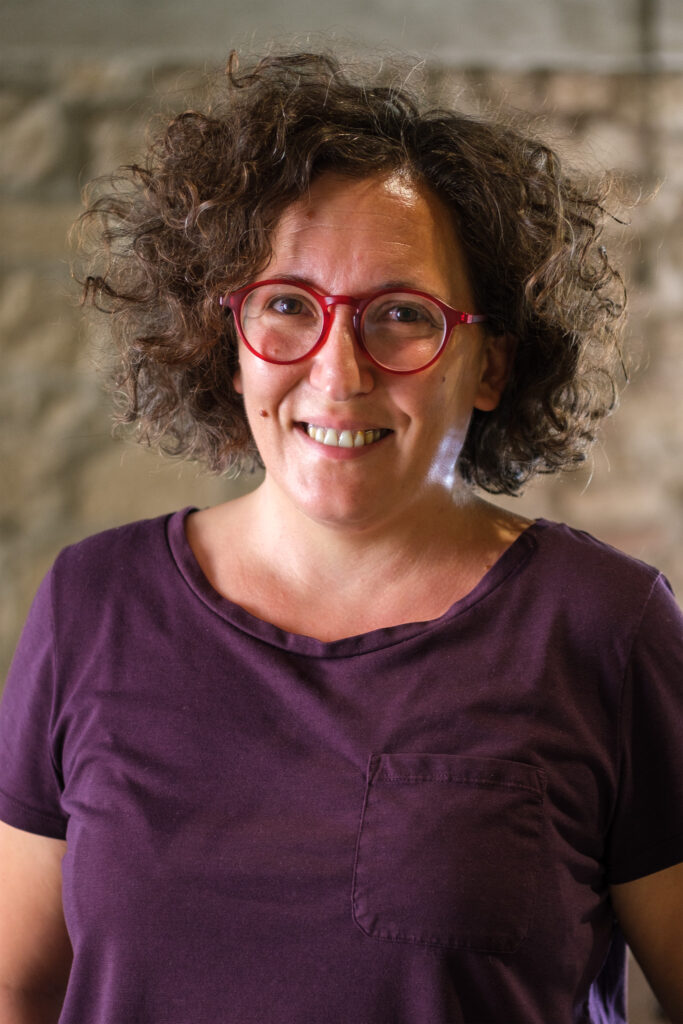
The Çanakkale Biennial is universal while also deeply intertwined with the local context of Çanakkale. The ninth edition stands out with its social programs. Could you share the content and purpose of these social programs?
As we often state, the Çanakkale Biennial is more focused on socialization than massification. From the outset, the social programs of the Biennial—Bienal Genç (Biennial Youth), Bienal Çocuk (Biennial Children), Bienal Engelsiz (Biennial Accessible), and Bienaldeyiz Women’s Initiative—play an active role in the design, preparation, and implementation phases. These social programs engage in dialogue with the Biennial’s content, crafting their own unique initiatives. This edition will feature various themed discussions, panels, and workshops with experts, particularly centered around Bienal Genç. For example, the Biennial programs will kick off on September 20 with a concert showcasing new compositions from the 2024-25 edition of “Klasik Keyifler: Besteciler Kazanı,” which focuses on young composers.
The Biennial also aims for a process of institutionalization. In line with the theme of “Let Time Run Its Course,” you seek to pass on the artistic legacy of the Biennial to future generations and make the contemporary art memory of the city visible. What stage is this project currently in?
We are sharing the idea of establishing a future-oriented museum and collection with the artists participating in the Biennial, who create works unique to Çanakkale and the event. The concept is essentially to reflect the memory of the Biennial through the artworks produced, the projects implemented, and the processes engaged. The term that closely aligns with this idea is “museum.” However, creating the necessary resources and space for such institutionalization requires a long-term process that involves both local and global efforts. We are working towards making this goal visible by organizing comprehensive collection exhibitions in various cities, as we did in spring 2024 at CerModern, and we are planning to orchestrate the process collectively with the involvement of different institutions and experts.





